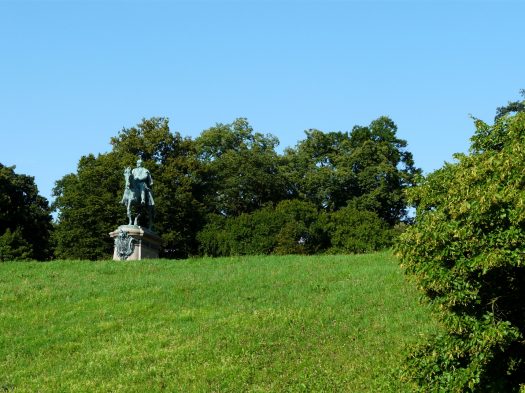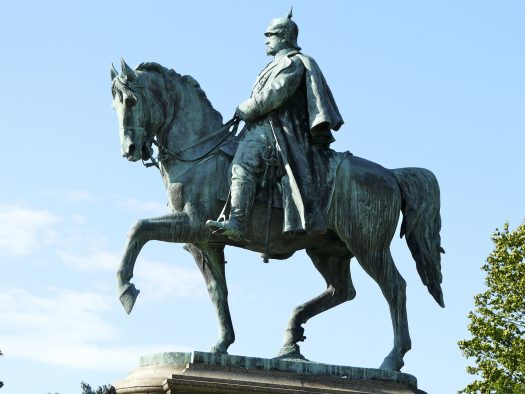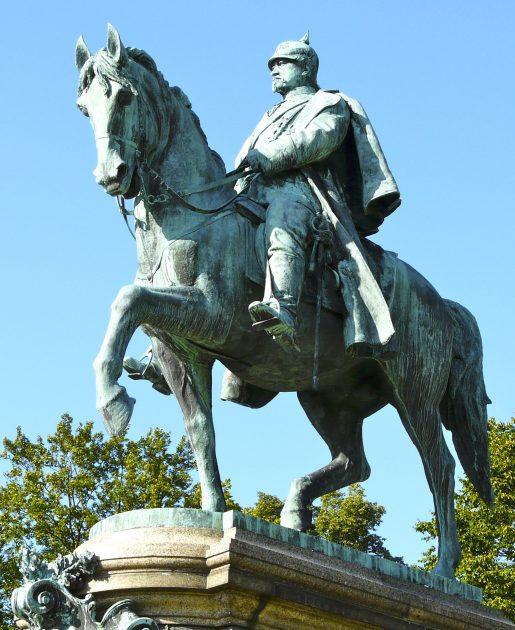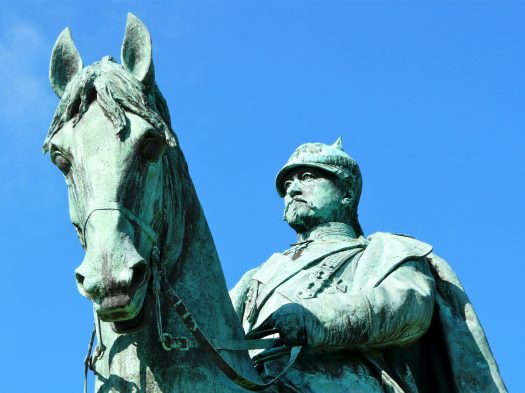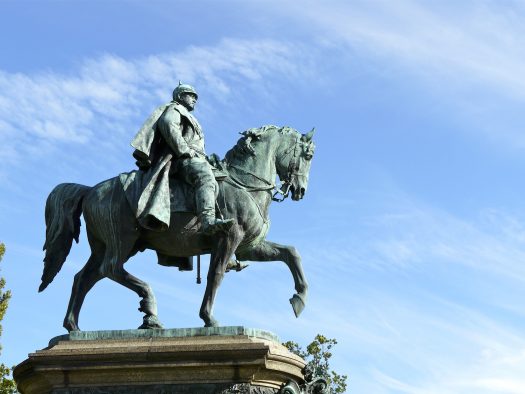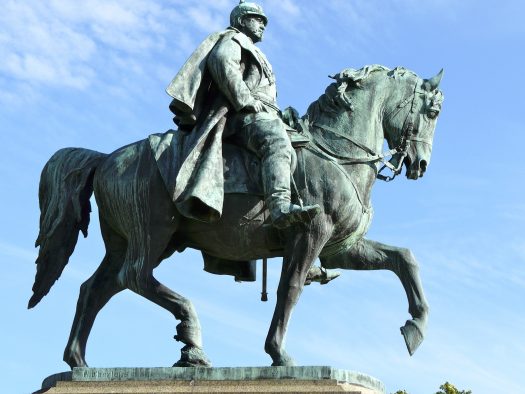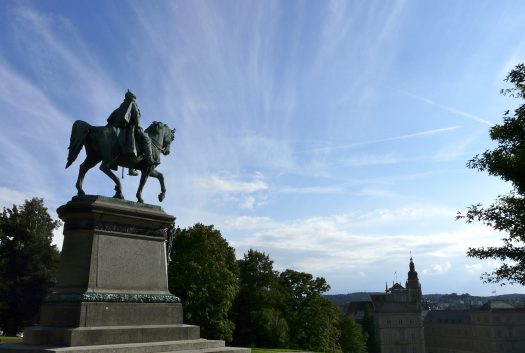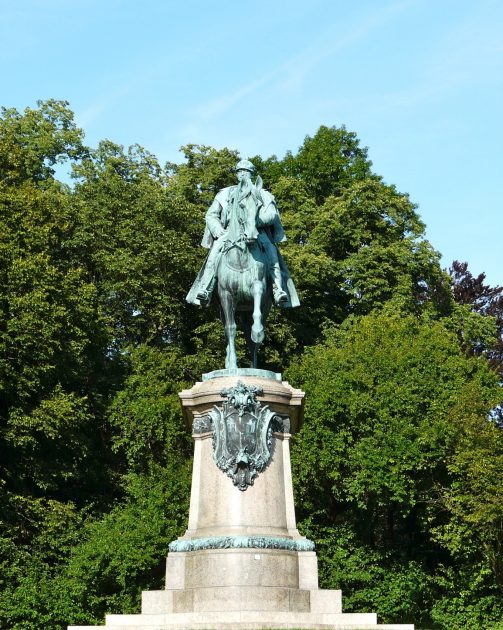- CountryGermany
- Town:Coburg
-
Year of creation:1899
- Rider(s):Ernst II, August, Duke of Saxe Coburg and Gotha
(1818 – 1893) was the sovereign duke of the Duchy of Saxe-Coburg and Gotha from 1844 to his death.
In 1842, Ernest married Princess Alexandrine of Baden in what was to be a childless marriage. As reigning Duke, he supported the German Confederation in the Schleswig-Holstein Wars against Denmark, sending thousands of troops and becoming the commander of a German corps; as such, he was instrumental in the 1849 victory at the battle of Eckernförde against Danish forces.
A supporter of a unified Germany, Ernest watched the various political movements with great interest. While he initially was a great and outspoken proponent of German liberalism, he surprised many by switching sides and supporting the more conservative (and eventually victorious) Prussians during the Austro-Prussian and Franco-Prussian Wars and subsequent unification of Germany.
Ernest and his only full sibling, his younger brother Prince Albert (consort to Queen Victoria of the United Kingdom), were raised as though twins. Their relationship experienced phases of closeness as well as minor arguments as they grew older. After Albert’s death in 1861, Ernest published anonymous pamphlets against various members of the British royal family. - Sculptor(s):Eberlein, Gustav Heinrich
(1847 – 1926) was a German sculptor, painter and writer.
The majority of the equestrian statues, created by him, did not survive the wars. E.g his equestrian statues of Wilhelm I in Mannheim, Elberfeld, Gera, Mönchengladbach, Waldheim, Neheim and Han were all destroyed, as well as the statue of Friedrich III in Elberfield and the double statue of Wilhelm I and Bismarck in Ruhrort.
A statue in the palace gardens with a pleasant view of Coburg.
